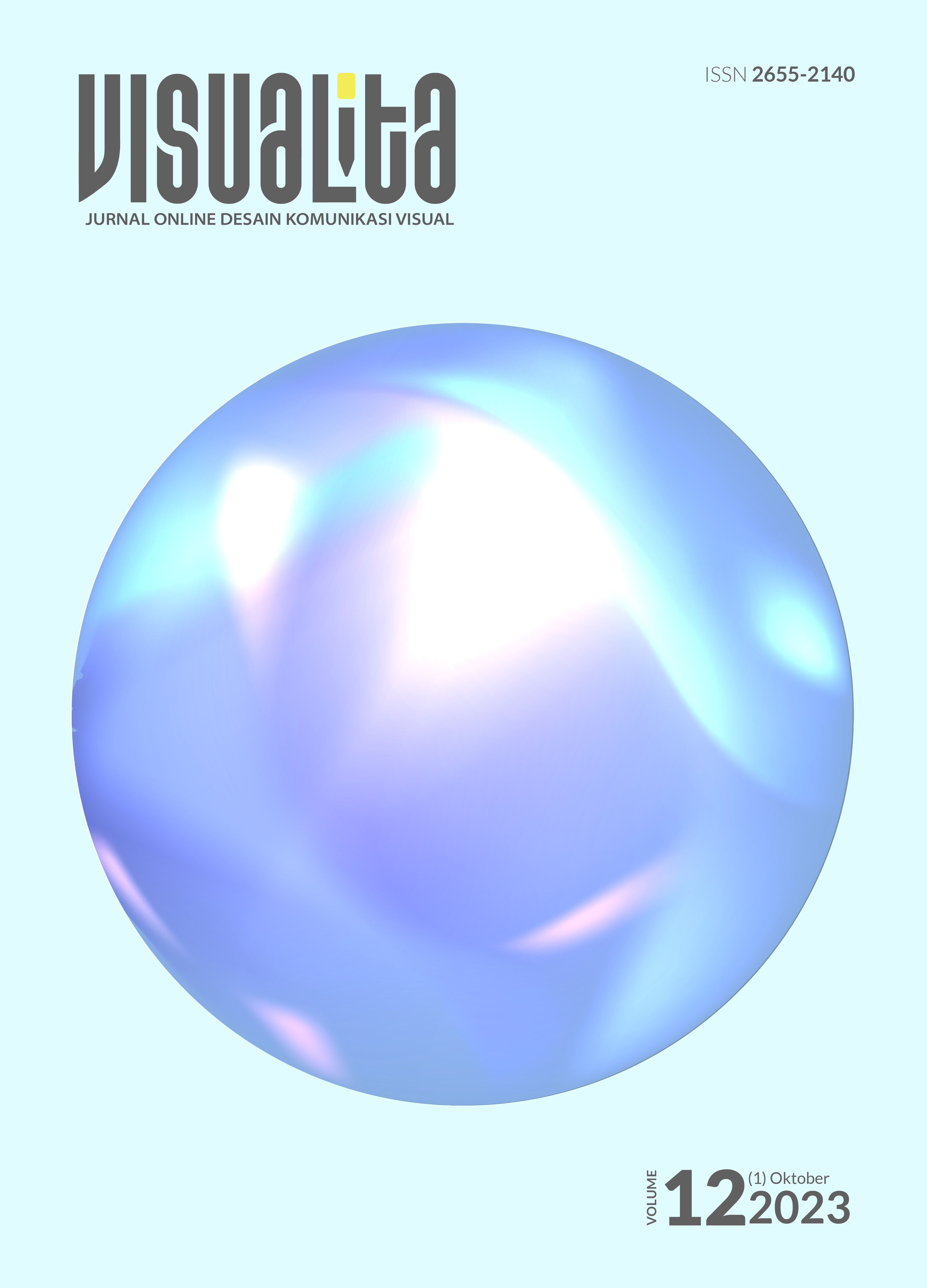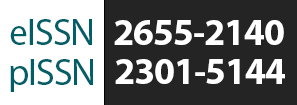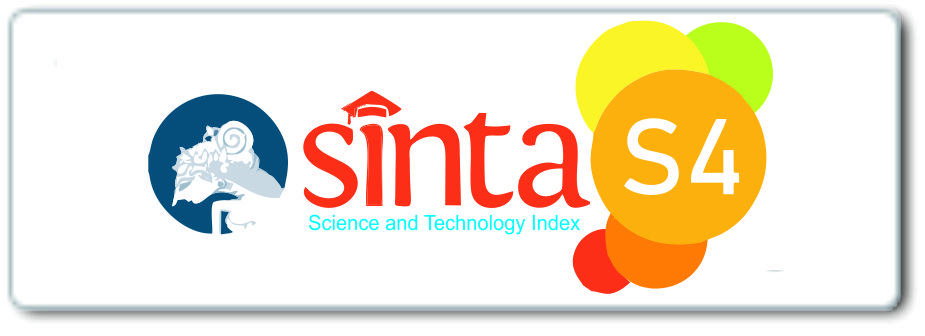MAKING ANIMATED CHARACTER "RANI" AS AN EXAMPLE OF THE PHENOMENON OF CULTURE SHOCK OF STUDENTS FROM SUMATRA ISLAND IN JAVA ISLAND
DOI:
https://doi.org/10.34010/visualita.v12i1.10136Keywords:
Animation, Culture Shock, CharacterAbstract
Culture shock is a phenomenon that often occurs among migrants. The high mobility in Indonesia causes people to move from one region to another, hence the phenomenon of culture shock is inevitable. Therefore, the phenomenon of culture shock cannot be avoided. In this context, the character of an immigrant from Sumatra who experiences the phenomenon of culture shock is created as an animated character. This animated character with the theme of culture shock is is adapted to the background and cultural identity that is used as a visual attribute of the character. Character creation pays attention to character features that can be remembered by the audience, These features include the identity, hobbies, activity patterns and preferences of an animated character. character. In addition, this animated character is introduced with animated media featuring simple activities played by this character. The animation was produced using Adobe Animate CC software with frame to frame technique and VSDC Video editor for compositing stage
Downloads
Downloads
Published
Issue
Section
License
Authors who publish with Visualita agree to the following terms:
- Authors retain copyright and grant the journal right of first publication with the work simultaneously licensed under a Creative Commons Attribution-NonCommercial 4.0 International License.
- Authors are able to enter into separate, additional contractual arrangements for the non-exclusive public distribution and display of the journal's published version of the work (e.g., post it to an institutional repository or publish it in a book), with an acknowledgement of its initial publication in this journal.
- Authors wishing to include items (such as images or other media, or any creative works of others whether previously published or not) must contact the original copyright holder to obtain explicit permission to publish these items in Visualital. Writing permission should include: the title(s) of any copyrighted work, original place of publication if applicable, and an acknowledgement of having read Visualita copyright notice. Authors are responsible for obtaining this permission and keeping it in their own records for later verification.






